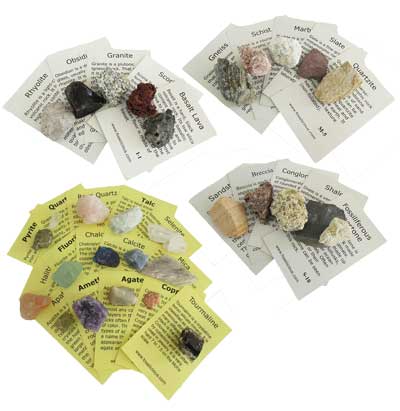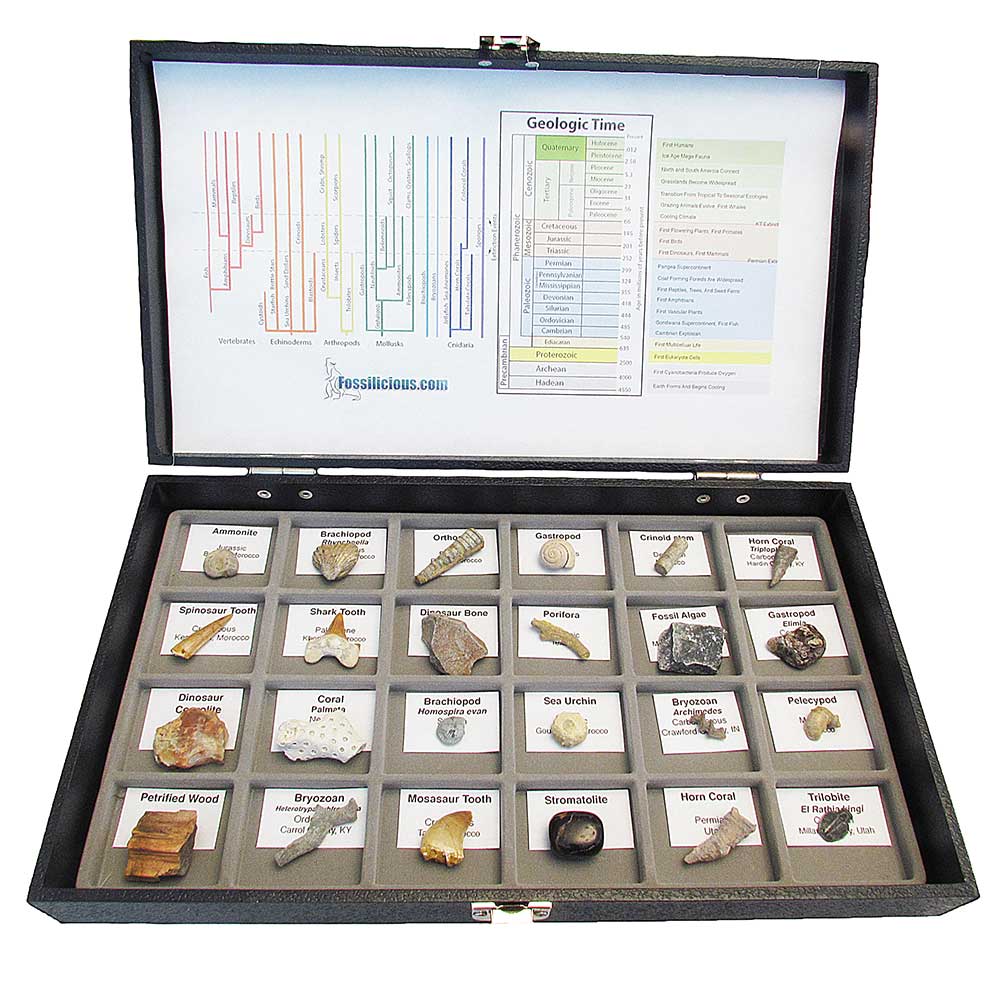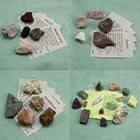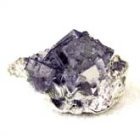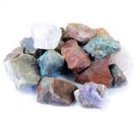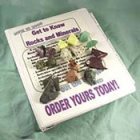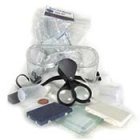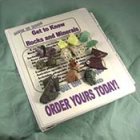Sign up for Lesson Plans, discounts & more!
Lesson Plans on Rocks and Minerals
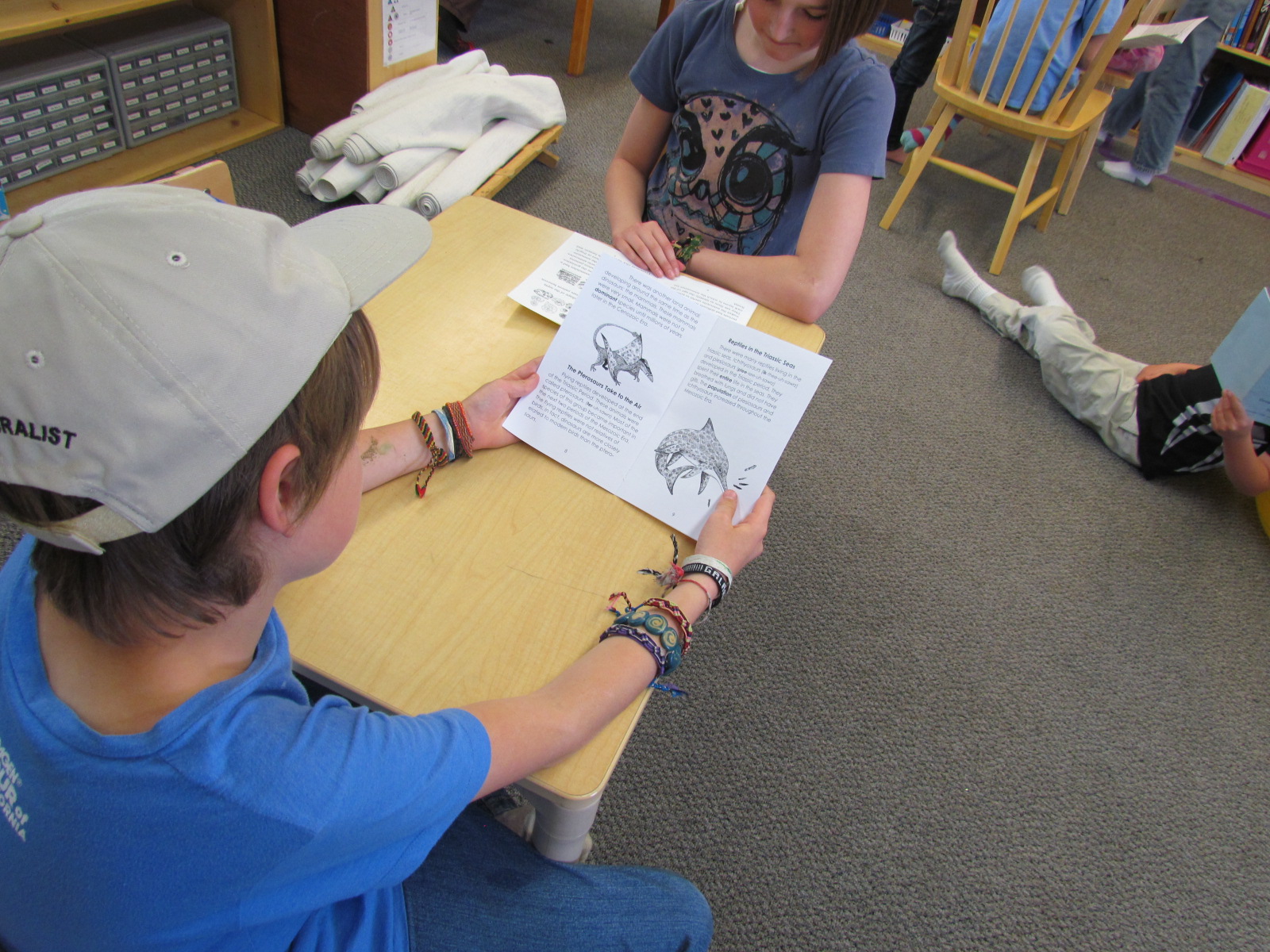
When I create lesson plans, I do it with several thoughts in mind. Of course, I first think of the students who will view the lesson, but I also think of how the students will use the information AFTER the lesson. I focus on the main concepts to be presented, but I also include other skills such as graphing, classification, decision-making, problem-solving, etc. You will see a list of both direct and indirect aims at the beginning of each of the lesson plans.
Generally, the lessons are intended for a group of 5 to 10 students who could sit in a circle around the teacher either on the floor or at a table group.
One could also adapt the lessons to be given to a large class of up to 25 or 30 students. However, if this were the case, I would try to have the students sit in groups of 4 or 5 around tables that have all the materials available to the smaller group.
There is nothing magical about these lesson plans, except that they are done and ready to use! Our upcoming e-book will also include print outs of all the paper materials you will need to do the lesson. Until then, most of the items are easily made…it will just take a little extra prep time.
If you ever have questions or experiences to share, please drop us a line. We’d love to hear how the lesson plans are working for you!
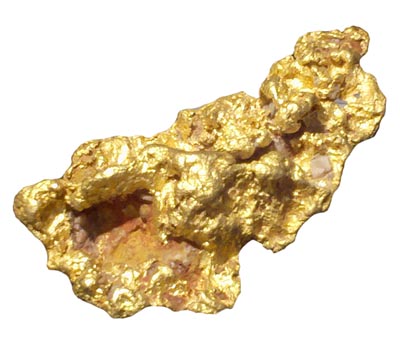
Contents: Rock and Mineral Lesson Plans
The Rock Walk-Walkin' N Rockin'
This is a fun activity that is simple to prepare and execute. It is a good way to introduce earth science to your students.
Eight Basic Elements of the Earth
In this lesson, students will be introduced to the concept of an element. They will work with the idea that all the millions of substances on the earth are various combinations of only 8 elements. Students will work with the Periodic Table of the Elements and symbols of the elements. Additionally, students will present their data in the form of both bar and circle graphs.
Rocks and Minerals Lesson Plans Rock vs. Mineral – Lesson 1
Students use words to describe visual, textural, and other physical qualities of sample rock specimens. Using compare and contrast skills, students will sort and classify the specimens according to their assessments of the qualities present in each. Students will use simple symbols to create a Venn diagram for classification.
Rocks and Minerals Lesson Plans Rock vs. Mineral – Lesson 2
Students continue their visual assessment to distinguish between those rocks that appear to be made of one substance, vs. those that appear to have more than one. This leads to the distinctions that indicate the different types of rocks: igneous, sedimentary and metamorphic. Students come to the label for each type of rock only after they have worked with the specimens and determined the various qualities.
Rock Cycle Lesson Plan
Learn that rock is recyclable and the processes involved in rock recycling. Become familiar with the names of the different types of rock and work with a model of the cycle to learn the basic elements.
Here is a tasty lesson to demonstrate plate tectonics at a transform boundry.
Claudia Mann has been involved in the Montessori community since 1982: first as a parent, then as a music teacher and classroom assistant, and through completing training and leading her own classrooms. She is certified in elementary I, II, and secondary I through the American Montessori Society. She served as a Montessori teacher trainer and training program supervisor with the Center for Montessori Teacher Education/New York from 1989 through 2000, has served as a field consultant for several elementary and secondary AMS training programs and is an Instructional Guide for the Center for Guided Montessori Studies. She and her husband, also an elementary Montessorian, own Fossilicious.com an online store dedicated to the study of Cosmic Education and earth science. Claudia is now available as an educational consultant. Learn more

INTERESTED IN MORE? IF SO, YOU MAY WANT TO CHECK OUT OUR OTHER SITES:
fossilicious.com - Our online fossil and mineral rock shop.
fossils-facts-and-finds.com - An educational site about fossils.
